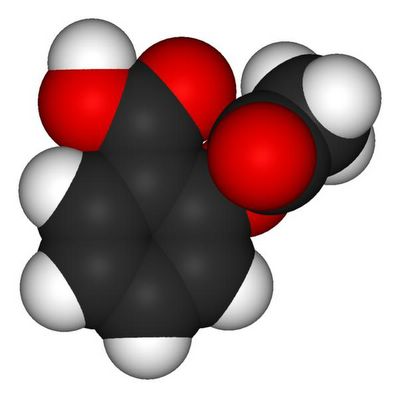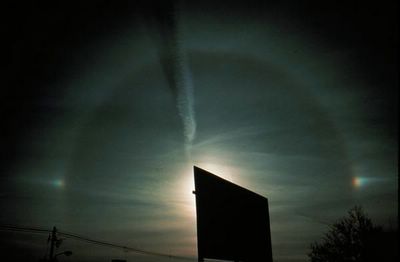The word "aspirin" is a very familiar word, but what exactly is aspirin? I suppose if one wants to learn more about aspirin, they should consult Bayer, the most well known maker of aspirin. Bayer has a separate
aspirin site which provides a bit of history. Felix Hoffman, a chemist who worked for Bayer, first synthesized aspirin (acetylsalicylic acid or ASA) in a chemically pure and stable form in 1897. But according to the site, the story of aspirin actually started 3,500 years before that. The Egyptians used a concoction of dried myrtle leaves to treat pain. One thousand years later, Hippocrates was recommending the juice of the bark willow tree for pain. Both contain salicylic acid, the key component of aspirin.
Bayer received the patent for aspirin and trademarked it under the name Aspirin® worldwide in 1899. Bayer lost the patent in 1917 allowing other companies to sell acetylsalicylic acid. Then in 1920, Bayer lost the trademark name "Aspirin". The courts in the US ruled that aspirin was a generic term, so that other manufacturers could sell ASA under the name aspirin. Aspirin is still trademarked in some countries, such as Canada and Germany, today. Where did the word
aspirin come from? One story claims that the "a" stands for
acetylsalicylic acid, the "spir" stands for
spiraea ulmaria (the Latin name for the plant Meadowsweet from which one can extract salicylic acid) and the "in" is a chemical suffix use to indicate a manufactured ingredient.

Aspirin C
9H
8O
4
The site
"Molecule of the Month, Aspirin" illustrates the chemistry of aspirin. The web page can be viewed in various ways (JAVA or CHIME-a chemical structure visualization program or plug-in). The chemical equations for making aspirin as well as its structure are given here.
But, is it hard to make aspirin? There are many sites that allow the reader to make their own.
Chemistry Experiments is a good place to start. Lab 44 is the preparation of aspirin from salicylic acid and acetic acid (needs
Adobe Acrobat Reader (a free download) to see it).
A wonderful site about aspirin that is worth a visit is the
Aspirin Adventures . Its view point is different than that of a corporate site. Directed toward students, it goes through the process of discovering aspirin step by step, starting with observations and gathering information, then going on to formulating a hypothesis, testing and drawing conclusions.

Aspirin

Another really great fun site is
The Reconstructors. This is one of those glorious interactive sites. It takes place in the future where much of the medical knowledge has been lost. The reader's job to recover it, rediscover aspirin and have fun at the same time. This might just turn out to be an all day job!
Lastly, how does aspirin work to relieve pain? The Howstuffworks web site unravels some of the
secrets of the wonder drug aspirin.




